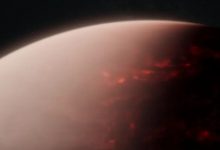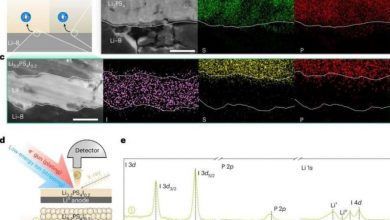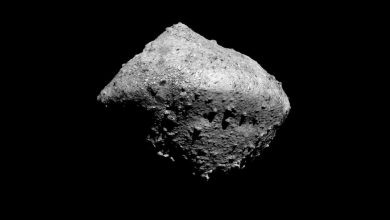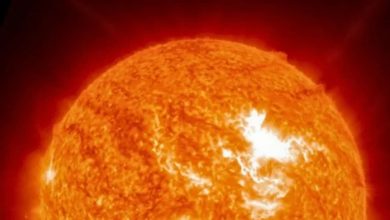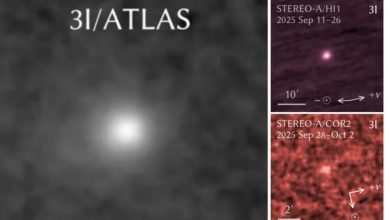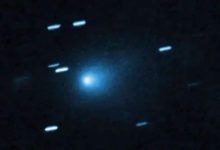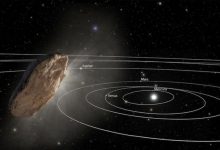Transient Lunar Phenomena (TLP) are short-lived flashes or glows on the Moon caused by meteor impacts, gas outgassing, or dust levitation.
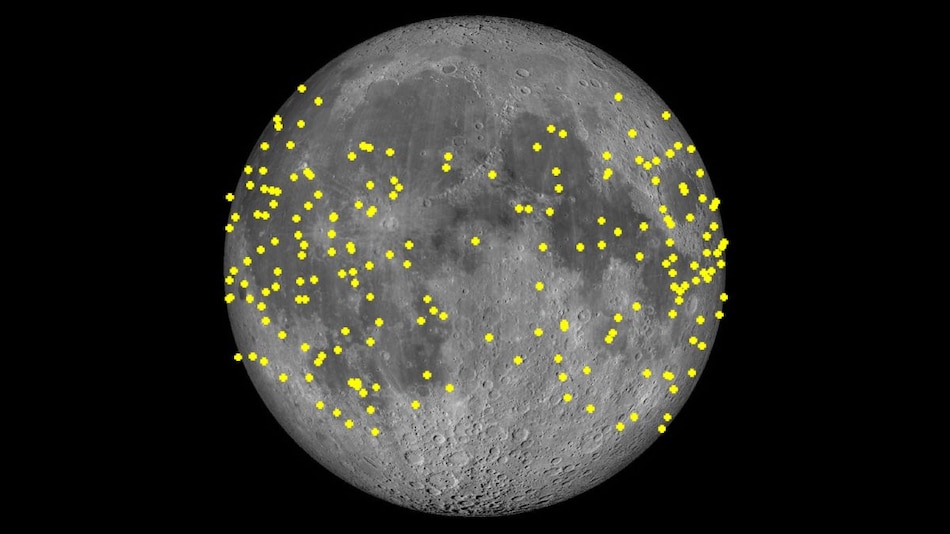
TLP are short lunar flashes from impacts, gas leaks, and electrostatic dust activity
Click Here to Add Gadgets360 As A Trusted Source

Transient Lunar Phenomena (TLP) are bright, momentary light flashes on the Moon that have been a mystery to the eyes of people since time immemorial. These temporary phenomena come in the form of fleeting flashes, coloured bursts, or smoky patches on the surface of the Moon; these phenomena take between milliseconds and hours. Although most of the TLP reports are based on random observation, systematic observation has shown some real effects and outgassing mechanisms. Knowledge of TLP also benefits planetary protection and future discovery, as well as knowledge of the Moon.
Meteor Impacts and Lunar Outgassing
According to NASA’s Meteoroid Environment Office and ESA’s NELIOTA program, hundreds of short, brilliant flashes recorded in high-speed cameras are evidence of meteoroids striking the Moon. These impacts, often lasting less than a second, produce immense bursts of heat and light. But not all lunar lights fade so quickly.
Some longer glows may come from radon or other gases venting through cracks in the crust after moonquakes. Data from NASA’s LADEE mission supports this, linking regions of past TLPs to higher concentrations of escaping volatiles.
Gas Release and Dust Levitation: Lingering Glows
Longer TLPs—lasting minutes to hours—often correlate with localised outgassing and electrostatic dust lofting. Alpha-particle spectrometers aboard Lunar Prospector and the Chang’e-6 “DORN” payload have mapped radon and polonium emissions, indicating episodic gas releases through crustal fractures.
Radioactive decay within these gas plumes can produce visible luminescence. Additionally, solar-wind charging can loft fine lunar dust into 100 km-high clouds, refracting starlight and creating ghostly glows along the terminator. Distinguishing these phenomena from satellite glints or atmospheric effects remains a key observational challenge.

